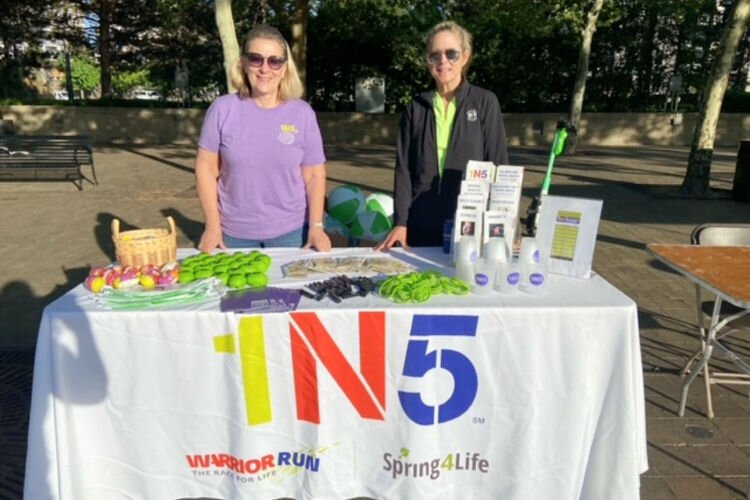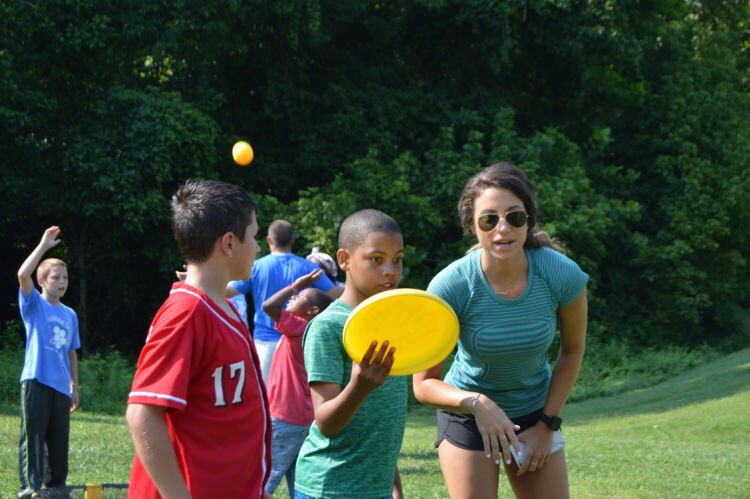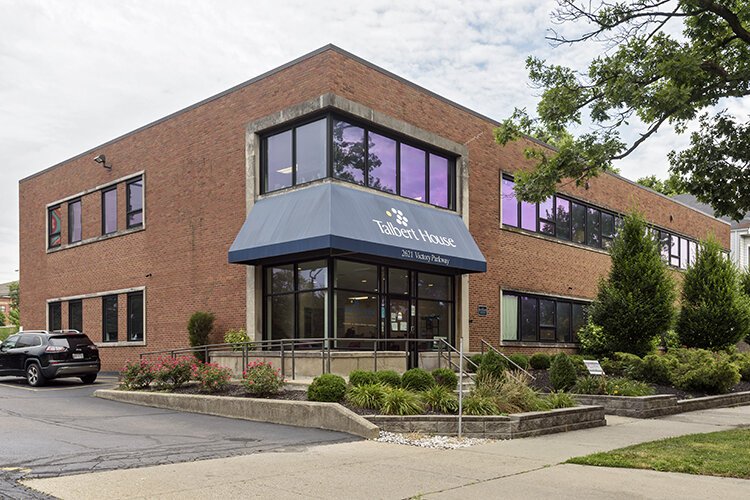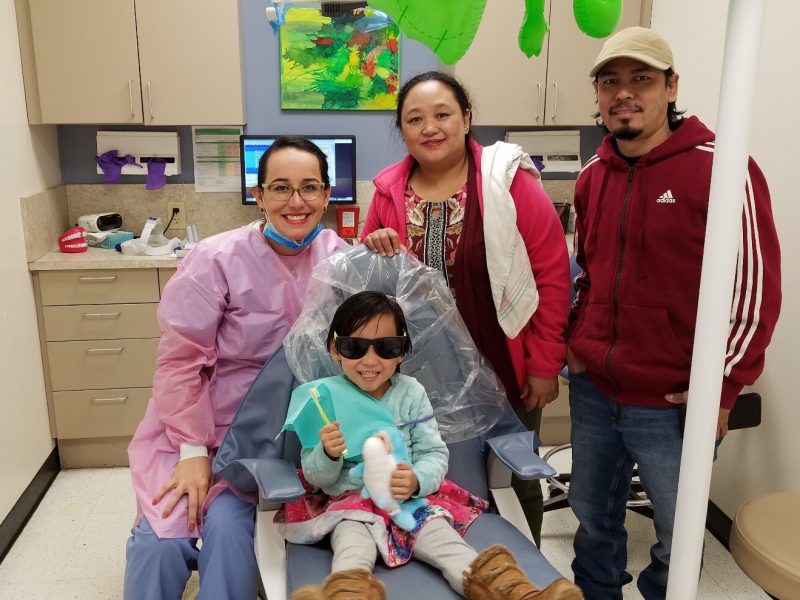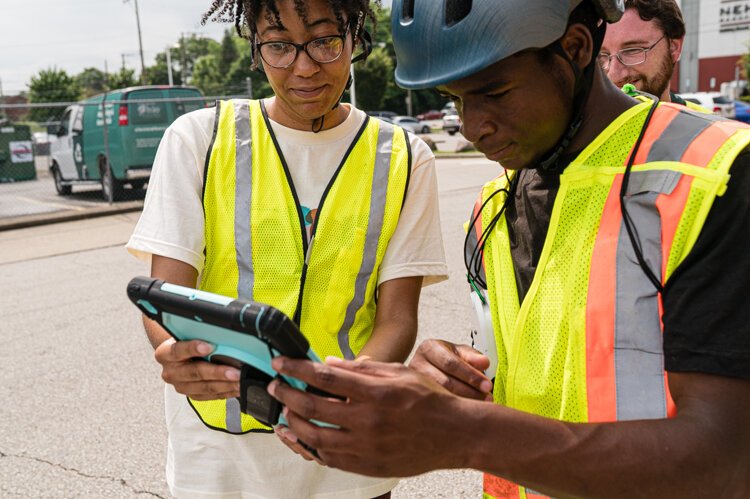In the pandemic’s wake, Cincinnati mental health leans on new networks and natural remedies
Before COVID, advocates rallied to raise awareness and reduce stigma opening the conversation around mental health. Now they face overwhelming demand for services.
Cincinnatians are still reeling from pandemic upset in numerous ways, one of the most troubling being mental health. The shockwave created by a disrupted sense of security and unfulfilled needs for essential resources caused a major uptick in overall anxiety and related disorders – as well as other lingering snags such as an overreliance on virtual, as opposed to real life, associations. The reshuffle of work and home life and disconnection from/reconnection to society has left individuals shell-shocked and scrambling for a return to normalcy in their day-to-day lives without adequate guidance.
Well before COVID-19, mental health advocates were rallying to raise awareness and reduce stigma in hopes of creating an open conversation around mental health. The goal was a nationwide acceptance of mental health issues as critical medical needs that should not be ignored, nor cause for embarrassment, but that should be carefully monitored by all members of society to ensure no one slipped through the cracks.
Now, just as the stigma has begun to ease, the need has become circumstantially overwhelming, leading to supply issues in the face of unprecedented demand.
The tsunami of need for mental health services has devastated existing systems and shattered resources, leaving local mental health factions shorthanded and swimming upstream. Current economic struggles compound these problems. Those members of society who may be functioning on less than all cylinders often limp on, sweeping their issues under the carpet and deferring organized care to the most critical of cases.
No corner of the Greater Cincinnati region has been left unaltered. From the wealthy to the disadvantaged, all communities face continuing issues in trying to keep their residents protected and healthy. Safety nets have been strung up, and a necessary atmosphere of sharing openly has begun to take shape. Friends, neighbors, coworkers and organizations are all getting a grasp on common issues, what works, and who to call for help.
Nancy Miller is the founder and director of 1N5, a nonprofit that works within local school systems to put mental health education programs in place.
“We work with over 100 schools in the Cincinnati region. And then we work out in the community to do that same education – with communities, families, corporate – whoever will listen to the message,” says Miller. “What we’ve found is the amount of mental illness has accelerated very quickly across the board with everyone. It’s not only impacting the kids, but also teachers, parents, and employees.”
Miller worries for kids who have been “lost” by the system due to the breakdown in family life, citing low-income children as the hardest hit. Miller says the reliability factor is not there in terms of attendance due to parents experiencing an upheaval and dealing with their own state of affairs.
“A lot of parents are in situations where they’re making different decisions than they made before [the pandemic] about how they’re working and when they work, and that puts a lot of pressure on everyone,” says Miller.
Pressure is a definite concern, particularly in African American communities, she says, because stigma has also been more difficult to eradicate due to underlying trust issues.
“The biggest thing we find is in these communities there’s still a lot of resistance to having the conversation.” Miller continues, “they’ll say there’s not enough therapists that are Black or that look like me, which is a problem.”
While Miller recognizes this widespread and immediate predicament, she realizes the best avenue toward improvement is a painstaking, long-term solution. Eliminating stigma and fostering an early openness toward mental health awareness with children creates hope that the next generation will be better equipped to handle their own challenges willingly and without fear. Perhaps some may be enticed to choose mental health professions due to increased comfort levels and consciousness of the issues within their communities.
Miller advises that anyone with a concern regarding a child can help by simply contacting a local school, the staff of which are always quick to alert a trained mental health professional.
“Most schools in Cincinnati have a mental health partner in place, and all of those people are accessible during the summer,” she says.
Another community focus of 1N5 is sharing the proper tools and protocols to field and direct mental health situations appropriately. With widespread need, the setting in place of an army of “feelers” throughout the neighborhoods, ready and able to detect and respond to signs of mental illness around them, is a necessary reserve.
1N5 offers QPR (Question, Persuade, Refer) education virtually twice a month, as well as in person at various schools and organizations for willing participants.
Read earlier articles from the First Suburbs—Beyond Borders series here.
Talbert House is well known as the go-to organization for mental health and addiction concerns. In addition to monitoring the local 281-CARE /Crisis Hotline, Talbert House will soon begin fielding calls from all over Ohio as part of a national program. The aim is to establish a nationwide mental health hotline similar to 911.
Chief Clinical Officer Brad McMonigle says Talbert House is currently staffing in preparation for increased call volume, but that staffing in general has been difficult due to substantially increased need.
“We’re still resource challenged. At Talbert House, we have 42 therapy/case manager positions. That’s just our house. The resources are thin, and I know that our teams are working as hard as they can to try to meet the demands,” says McMonigle. “We are, unfortunately, getting to a place where we’re almost not able to take walk-ins just because we have such a shortage of staff. We’re trying to hang in there and keep doing it, but it’s getting skinny.”
McMonigle cites a recent estimate from The Ohio Council from their recent report Breaking Point: Ohio’s Behavorial Health Workforce Crisis that there is a need for 49,000 therapists/clinicians. There are currently about 29,000 active clinicians, he says. Similarly to Miller, McMonigle’s greatest concern regarding the shortage is for the children, particularly those who are impoverished.
“The areas of higher poverty are always going to be the ones that get the short end of the stick,” says McMonigle. “They were already in survival mode, and you throw something else at them, and it just creates more and more risk and challenges.”
McMonigle believes that children who had less disruption to their school routine fared far better than others from a mental health standpoint and sees evidence of this in his own family. He says his son and daughter were impacted very differently due to attending different schools, but that both were affected nonetheless.
He states that parenting challenges have been widespread and left many parents feeling like failures to their own children. Reliance on technology as a learning tool was for a time necessary, but it has sent children further down the wormhole towards a purely virtual life.
His personal methodology for healing these wounds involves parents asking their children for forgiveness and also forgiving themselves.
“We’re the first-generation parenting kids in this world,” states McMonigle. “And I know we’re not doing it right. We don’t know how to do it. I try to look back over history and say, ‘Well, what is something similar to this?’ And I don’t know that there is. I mean, we had cars. That changed life for people, for sure. But I don’t know if there’s anything that compares with what we have in our pockets to any other time in history.”
Although forgiveness is a healthy practice, McMonigle does not place the blame for children’s current lacking in mental health on ill-equipped mothers and fathers, but rather decries corporate social media for lack of responsibility toward youth in particular.
“Google…Facebook…Instagram…TikTok—they’re just taking advantage and making all this money, throwing these things out there and kids are taking them in. How do they start helping to develop systems to manage this?” asks McMonigle.
Seeking refuge in nature
On the one hand, virtual living was a necessary evil of the pandemic push to social distance. On the other hand, getting back to nature was encouraged for the same reason.
Increased usage of Cincinnati’s abundant parks and green space was seen in attendance figures kept by the local parks, and it has continued. An optimal stress buster—getting out and simply experiencing the outdoors can have just as important health benefits as hiking in it does.
Amy Roell is director of programming for Great Parks of Hamilton County and has worked within the organization for 32 years. She says a common block to finding time for enjoying local parks is purely being caught up in day-to-day routines and responsibilities.
Realizing this, the parks have instituted multiple programs to actively persuade more individuals and groups toward nature exploration, such as the City Nature Challenge. Great Parks collaborates with Ohio city parks in this annual scavenger hunt adventure challenging participants to upload photographs and identify as many as possible different plants and wildlife using an app called iNaturalist. This program demonstrates where technology is being used to encourage outdoor activity rather than hinder it.
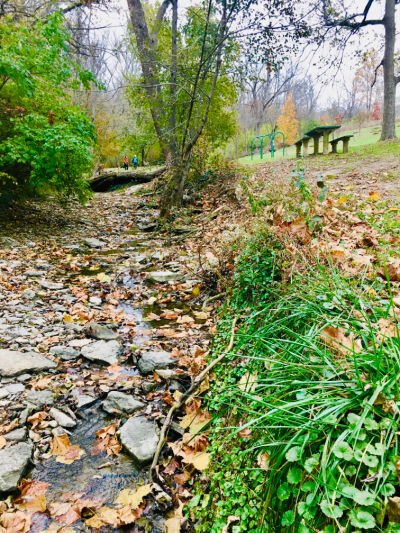
“There is a Great Park within 15-20 minutes of everybody in the county – then you factor in the city parks, and various township parks. We have a lot of green space. We’re very, very fortunate in Hamilton County to have the green space that we have. Some of it is more developed, but it still provides that respite from all the noise and light and whatever that’s bombarding the manmade or human made environment,” says Roell.
“Finding a secluded place might be a little bit more difficult,” admits Roell, in light of the increased park usage. “But I think people have to go with expectations that there are going be others that are looking for the same thing. There’s camaraderie in that though, too.”
Shinrin-yoku (which literally translates to “forest bath”) is a practice that took hold in Japan amid the tech boom and eventually migrated to western culture. The forest bathing technique involves simply taking a stroll in nature (which is commonly referred to by those who practice the method as an “awe walk”) and allowing oneself to occasionally stop and observe the surroundings.
The sounds, sights, smells, and the feeling of cool, damp oxygenated air all around can transport people into a type of light meditative state that is both healing and refreshing. Consistent practice has been shown to greatly benefit overall mental health, particularly as a preventative exercise.
Sycamore Township resident, father of four and design leader for local architectural firm SHP, Gregor Lewis, often hikes and practices forest bathing to keep himself physically and mentally fit amid today’s modern chaos. Lewis realizes the importance of making efforts toward one’s personal mental, physical, and spiritual health in being able to adequately meet the ever-changing demands of parenting and work responsibilities.
“I’ve immersed myself in different forests locally and regionally taking the time to be very present in those spaces,” says Lewis. “I kind of disconnect from the technology in my pocket, and even from the people that I’m with, and just sit quietly and listen to the sounds of the forest, smell the smells, and really engage with the forest on that level.”
“With my schedule, it’s hard to do it more than maybe once a month, particularly with balancing the kids’ schedules and whatnot. But I do notice, and I often tell other people, how much better I feel after being in the forest for a prolonged period of time. I never, ever regret the time that I take to step aside from the priorities and obligations that I have in the urban world.”
Lewis’ go-to location is French Park. He enjoys the trails that navigate the perimeter or cut through the park which offer easy hikes and are usually quite solitary. He also loves to spend time near the creek with his children recalling fond times growing up in Montgomery near Swaim Park playing in a similar creek with his brother.
A designer of many area schools, libraries and other public buildings, Lewis carries this thinking over into his work.
“Being connected to nature is something that has informed my designs in schools. This whole notion of indoor/outdoor connection, outdoor learning, bringing the outside in, taking the inside out…making those connections for students to have access to the outdoors, and not just look at it through windows, but have safe, accessible, comfortable places where they can go outside and learn about nature. Whether it’s something that is part of their curriculum or something that is more self-guided exploration – that’s something we try to infuse into all of our designs,” says Lewis.
“Cincinnati has great natural resources. All of the parks – whether it’s local parks like French Park, Mount Airy over closer to the west side, or Withrow Nature Preserve near California Woods. There’s a lot of great parks around the city,” adds Lewis.
Beyond local resources, he also sites regional accessibility as an added perk of living in the Cincinnati area.
“One of the best things about this area is the relatively short drive to get to some amazing places! Whether it’s Hocking Hills, Red River Gorge, or John Bryan State Park in Yellow Springs. There are amazing outdoor spaces to get out and bathe in the forest relatively close by.”
The First Suburbs—Beyond Borders series is made possible with support from a coalition of stakeholders including Mercy Health, a Catholic health care ministry serving Ohio and Kentucky; the Murray & Agnes Seasongood Good Government Foundation – The Seasongood Foundation is devoted to the cause of good local government; LISC Greater Cincinnati – LISC Greater Cincinnati supports resident-led, community-based development organizations transform communities and neighborhoods; Hamilton County Planning Partnership; plus First Suburbs Consortium of Southwest Ohio, an association of elected and appointed officials representing older suburban communities in Hamilton County, Ohio.

